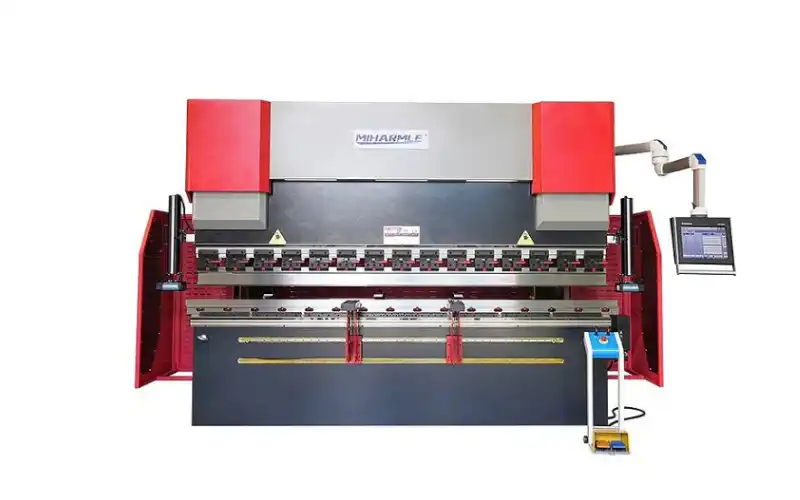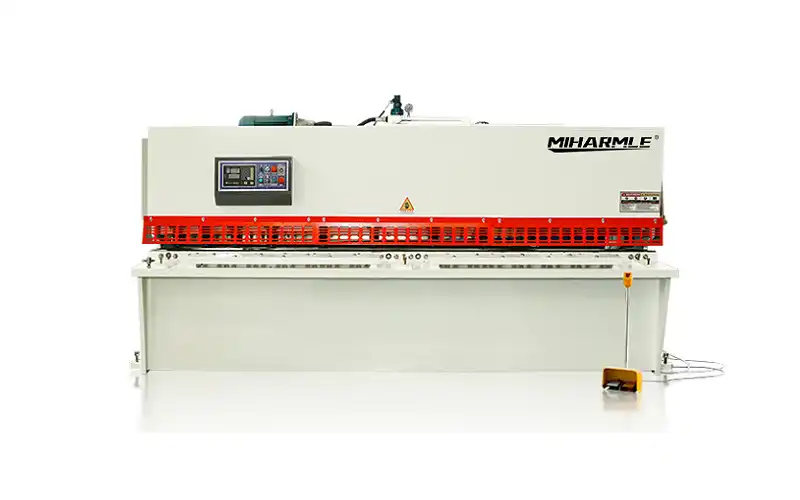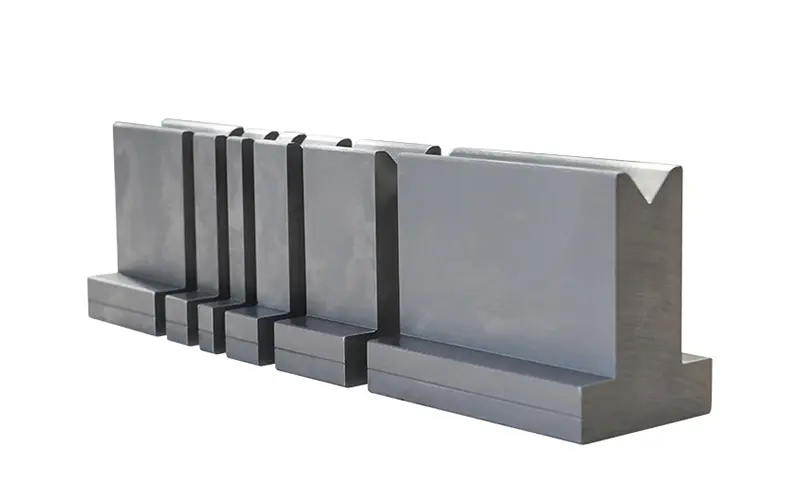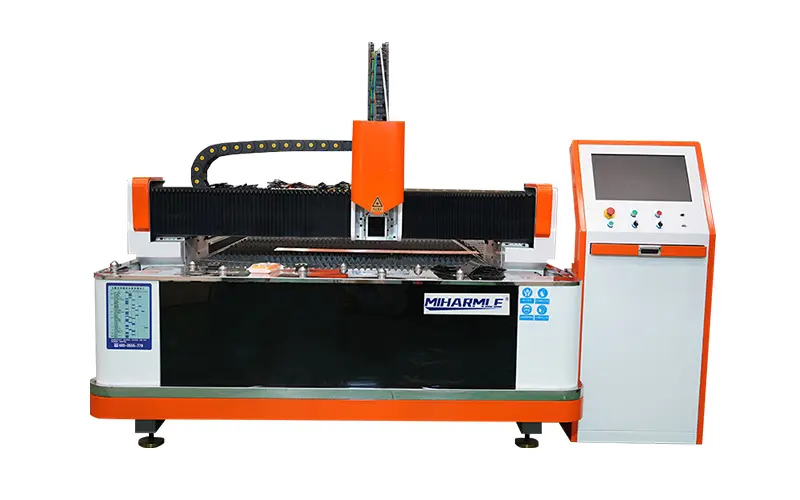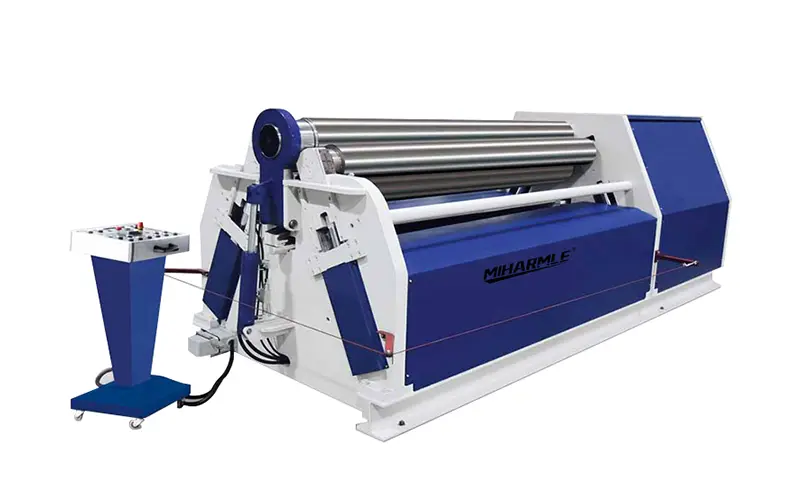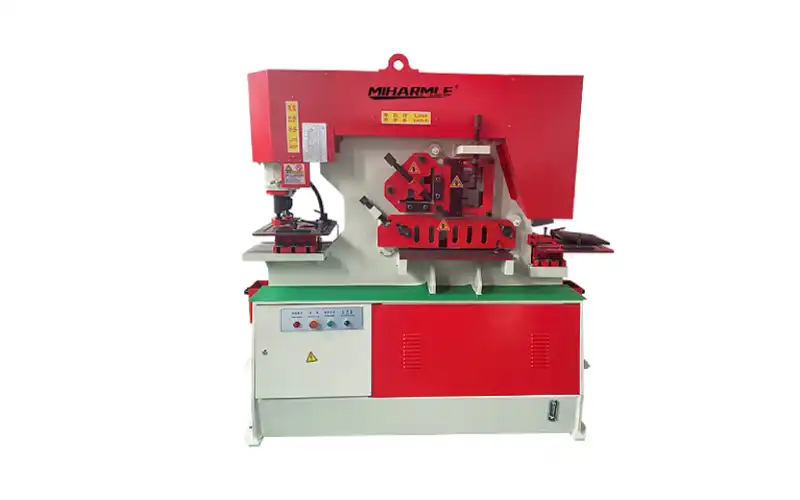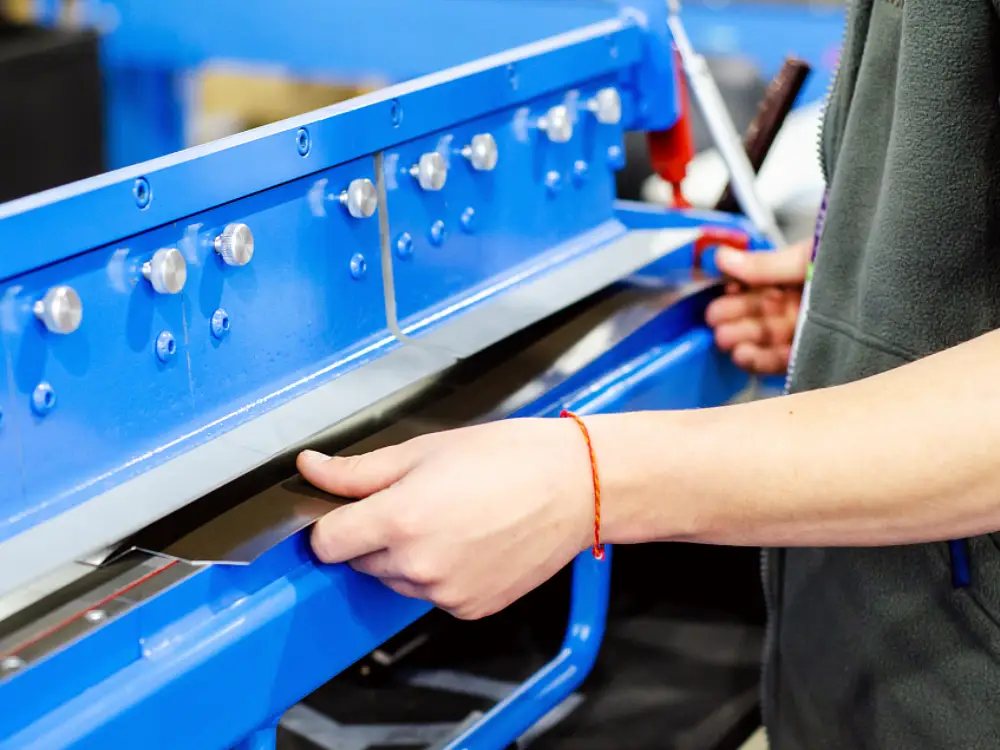
In metalwork, joggling is a common term. Not only metalworking but also plumbing and the construction industry use this technique. However, many people don’t know about it and ask: what is a joggle in sheet metal? In simple words, joggling is a bend. However, it is different from the regular bents in its shape.
Understanding joggling concepts requires visual demonstration. You’ll understand it when someone creates this joggle by yourself. However, I’ll keep this concept simple to ensure you know it well. Take a joggle, a small step, or a bend made on the metal sheet. Let’s go deep and understand this concept with examples.
Overview of Joggle in Sheet Metal
Joggle is a small offset bend less than 90 degrees. During joggling, one sheet surface goes down due to applied force. The other side slightly goes up from the plane. Both surfaces change from up to down, which is 100% equal. This slight bend or step connects and overlaps two sections of metal sheets.
Let me explain this with an example. Suppose you have an object made of clay. If you want to attach it to another piece, you aim for the attachment to not add thickness. In such a case, jogging comes in handy. You press and make a step or angle on the pieces.
The point where you made an angle will attach to another piece, and the thickness of both pieces will remain the same. Did you get it now? Let’s take metal pieces as an example. If you join two pieces, you’ll have to weld them. However, welding will create extra thickness in their bodies. This is where the joggling process makes the difference.
The manufacturer makes a joggle on the metal sheet, which is like a slight bend or bump. This is done by applying force to the sheet. The sheet’s surface, where the applied force goes down, makes an angle below 90 degrees and creates a bump or bend.
This provides a point of attachment as this section is lower on the surface, so you can attach a new piece here. There won’t be any more thickness issues. Two pieces will be connected. The joggle formation is widespread among different manufacturing industries. Those include aerospace, automobiles, and plumbing.
What is the Purpose of Joggle?
Joggling is common among many manufacturing processes. The primary purpose of this joggling is to provide a smooth connection point for joining. Some parts don’t require thickness. However, making them requires multiple sheets of metal joined together. For example, aircraft wings are long and require multiple sheets of metal.
However, their thickness cannot be high, as it could affect aerodynamics. In such cases, the joggle stands out as the savior. The manufacturer produces a slight bend or bump on the sheet. At this bend, the surface of the sheet presses downward. So they can easily connect other sheets to this point. This connection does not increase the thickness.
Many people think jogging joins two pieces, which must be corrected. Jogging is just a step or bend. It aids the attachment process but does not directly join two like welds. The welding process is carried out after making the jog. Jogging is a small but effective way to join the two sections at different heights without increasing thickness.
What is the Process of Joggle Forming?
The joggle formation is very straightforward and does not need rocket science. Few tools efficiently produce this slight bend. Those tools, such as pliers, press brakes, or roll-forming machines, are available for this purpose. You can use any of these – and you’ll be ready. However, I recommend press brake machines due to their high tonnage. Let’s go down and discuss the process of joggle making.
1- Marking the Metal
First, mark the position where jogging is needed. Remember that if a bend is made in the wrong place, it cannot be undone. Even if you try to reverse the bend, signs of it will make the sheet look bad. If you have a more miniature sheet, draw a line where you want to press with the press brake machine.
2- Choose the Tools
As I said earlier, different tools are available to joggle in metal sheets. You can use either of them. Those tools include pliers, press brakes, or roll-forming machines. Pliers are more like giant scissors. Its bending power is also tiny. On the flip side, the press brake machines are mighty.
Their high tonnage can bend any solid metal sheet. I like the press brake as it quickly bends the material. Some people prefer roll-forming machines, but these machines are suitable when bulk work is a requirement. Generally, press brakes are the best solution.
3- Bending the Metal
This is the most crucial step. You’ll have to place the metal sheet on the die. Press the handle and bring down the punch to this die. The punch of the machine will press the metal sheet and make a bend. Remember that you shouldn’t press too much force if the sheet is weak.
It would be best if you cared about the position of the metal sheet. Your metal sheet can get damaged and become useless if the punch is pressed at the wrong point. That’s why I mentioned marking the position where you want to jog. During operation, ensure the punch press is at the exact location of markings.
4- Checking the Joggle
Joggle or bend is made when the punch presses at the mark present on the metal sheet. But that’s not the end of the story. You should check the joggle and its angle. You can apply the force again to get your desired angle if it does not meet your requirements. Remember, don’t put all the force at once, as it could do more harm.
Instead, you should apply force in steps while checking the bend. Once you know the joggle is correct, attach a metal piece to this point. Fitting two pieces with different heights won’t make the sheet thicker. Instead, the metal sheet will get longer and look smoother as one unit or piece.
Applications of Joggle
The wings of aircraft are the result of a joggling process. Multiple metal sheets are connected by making jogs. In this way, their section attachment remains smooth and does not add thickness to the wings. Moreover, the automobile and plumbing industries heavily depend on the formation of joggles. Here is the list of some applications of Joggles:
| Industries | Specific Applications |
| Construction | Overlapping seams in metal roofing |
| HVAC Systems | Making ducts and other HVAC components |
| Electronics | Housing or casing of the devices and parts |
| Automotive | Body panels such as doors and hoods |
| Railroad | Helpful in joining metal panels on railcars |
Metal sheet joggling has many diverse uses. Many industries favor this technique, including aerospace, automobiles, construction, and plumbing. Its popularity is due to its strong and smooth connection point between two metal sheets.
Frequently Asked Questions
1. What materials can joggles be made from?
There are no restrictions or limitations. The joggles can be made from all kinds of metals. The common metals include steel, aluminum, and stainless steel. However, a chosen metal must be strong enough to bear the bend or force.
2. Can joggles be used for both small and large metal sheets?
Yes, both small and large sheets can undergo the juggling technique. The size and complexity of the joggle will vary depending on the dimensions of the sheet.
3. Can joggles be repaired or modified once created?
Yes, the joggles can be repaired by rebending the sheet. However, it will make the bend or sheet weaker to some extent. Therefore, I recommend that you jog carefully. This will help you avoid the need for repair and modifications.
Conclusion
The joggle is a term generally used at the manufacturing level. The ordinary people don’t even know it. Keep in mind that joggling is a simple concept. However, people consider it rocket science due to a lack of awareness. A joggle is a step or break where the punch of the brake presses. This makes a bend in the metal sheet. That bend becomes a connection point for other metal sheets.

